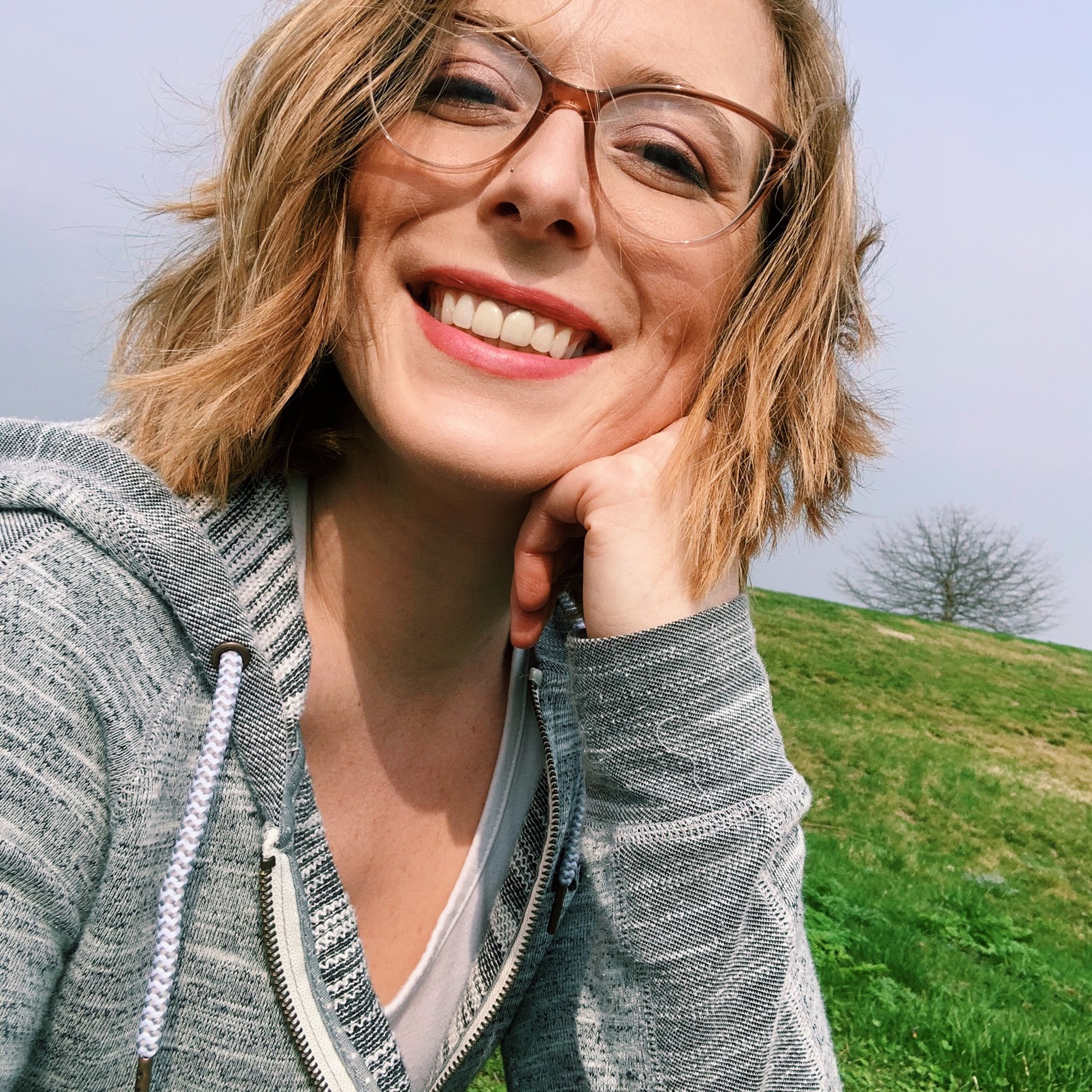The Magic of Group Art Therapy: How Creativity Helps Kids Thrive
- Keilyn Goatley

- Feb 13
- 4 min read

The Power of Creativity in Healing
Childhood can be a complex journey, filled with emotions that kids might not fully understand or express verbally. Group art therapy provides a safe and creative space where children can explore their feelings, connect with peers, and develop essential life skills. Unlike traditional child therapy, which often relies on talking, this approach allows children to communicate through color, shapes, and textures. It taps into their natural creativity, making healing an engaging and expressive process.
In this article, we'll explore the art therapy benefits for children, the science behind its effectiveness, and how structured therapeutic art activities can encourage emotional healing through art.
What Is Group Art Therapy?
Group art therapy is a form of expressive arts therapy that brings children together in a structured yet creative environment. Led by a trained therapist, these sessions involve various therapeutic art activities, such as painting, drawing, sculpting, or collage-making, which help children express thoughts and emotions they may struggle to verbalize.
Unlike individual child therapy, group play therapy introduces a social component, allowing children to share experiences and support each other. This enhances social skills development, fosters a sense of belonging, and encourages cooperative behavior.
The Science Behind Healing Through Creativity
Research has consistently shown the positive impact of creative expression for kids in mental health treatment. According to a 2024 study published in the Journal of Pediatric Psychology, children who participated in group art therapy showed a 35% reduction in anxiety symptoms and a 25% improvement in social engagement compared to those receiving only talk therapy.
A meta-analysis of expressive arts therapy also highlighted its effectiveness in helping children with trauma, noting that 78% of participants reported improved emotional regulation after engaging in healing through creativity. These findings suggest that art therapy benefits go beyond emotional expression—they actively contribute to psychological well-being.
Key Benefits of Group Art Therapy for Children
1. Emotional Healing Through Art
Many children struggle to articulate feelings of sadness, anger, or fear. Therapeutic art activities provide an alternative way to process these emotions. When children create art, they externalize their inner world, making their struggles more tangible and manageable.
For example, a child dealing with grief might express their feelings through dark colors or fragmented images. Over time, as healing progresses, their artwork may shift to brighter, more connected imagery. This transformation reflects their internal emotional growth.
2. Social Skills Development
Group play therapy fosters collaboration, patience, and empathy. Many children, especially those with social anxiety or developmental challenges, find it difficult to engage in peer interactions. However, in a creative setting, they can participate without the pressure of direct verbal communication.
Social skills development is organically integrated into group art therapy. Sharing supplies, giving and receiving feedback, and collaborating on projects teach children essential interpersonal skills that extend beyond therapy.
3. Boosting Self-Esteem and Confidence
One of the most profound art therapy benefits is its ability to boost self-worth. Completing an art project gives children a sense of accomplishment, reinforcing positive self-perception. They learn that their voice matters, even if it's expressed through images rather than words.
4. Reducing Anxiety and Stress
The repetitive motions involved in therapeutic art activities—such as painting strokes or molding clay—have a calming effect on the nervous system. This makes creative expression for kids an excellent tool for reducing anxiety and stress.
Studies show that engaging in healing through creativity can lower cortisol levels, the hormone responsible for stress. By focusing on their artwork, children can enter a state of mindfulness, grounding them in the present moment and providing relief from overwhelming emotions.
5. Encouraging Problem-Solving and Critical Thinking
When children create, they make decisions about color, composition, and form. This decision-making process enhances cognitive flexibility and problem-solving skills. It also encourages them to think outside the box and explore different perspectives—a crucial skill for navigating life's challenges.
Common Questions About Group Art Therapy
1. Do children need artistic skills to benefit from art therapy?
Not at all! Group art therapy is about self-expression, not artistic ability. The focus is on the process rather than the final product, allowing all children to benefit regardless of skill level.
2. How does group art therapy compare to individual child therapy?
While individual therapy provides one-on-one attention, group play therapy offers the added advantage of peer support. Many children feel comforted knowing they are not alone in their struggles, which can accelerate healing.
3. What kinds of issues can group art therapy address?
Group art therapy can help children cope with:
Anxiety and depression
Trauma and grief
Behavioral challenges
ADHD and autism spectrum disorders
Low self-esteem
4. How long does it take to see results?
Every child is different, but many parents report positive changes in emotional expression and social skills development within 6-8 sessions.
5. Can parents support art therapy at home?
Yes! Encouraging creative expression for kids at home through painting, doodling, or crafting can reinforce the benefits of therapy. However, structured group art therapy led by a trained professional offers deeper emotional support.
Implementing Group Art Therapy: Practical Steps
For Therapists
Create a welcoming and non-judgmental space.
Use a variety of materials to encourage exploration.
Balance structured and unstructured activities.
Foster peer interactions and group discussions.
For Parents
Provide art supplies and let children create freely.
Avoid critiquing their work—focus on the emotions behind it.
Encourage storytelling through art to deepen their expression.
Why Group Art Therapy Matters
Healing through creativity is a powerful tool that enables children to navigate emotions, build friendships, and develop confidence. Whether a child struggles with anxiety, social skills, or emotional regulation, Still Waters Therapy offers a nurturing space for growth and self-expression.
By integrating therapeutic art activities into child therapy, we can help children find their voice, one brushstroke at a time.




Comments